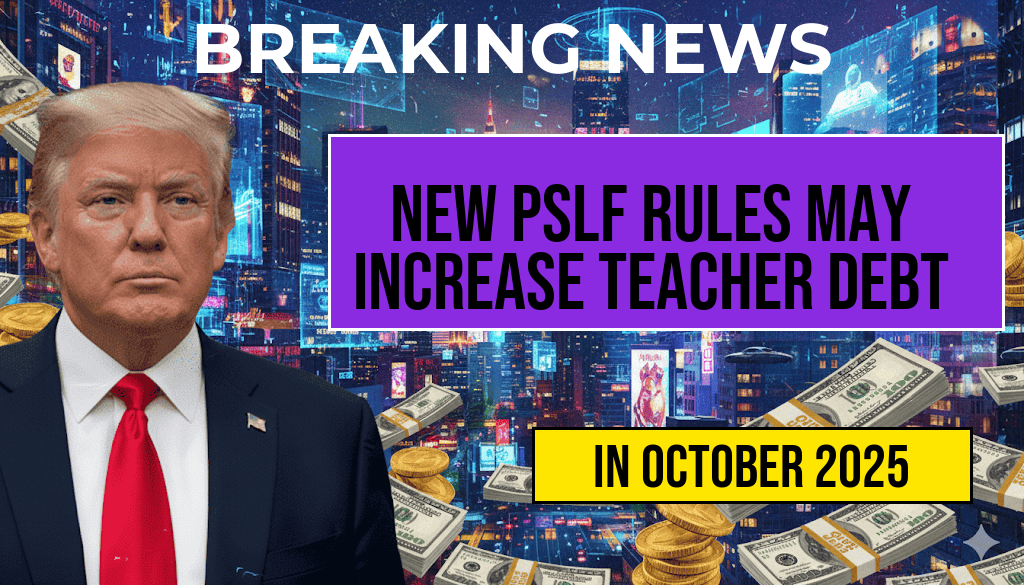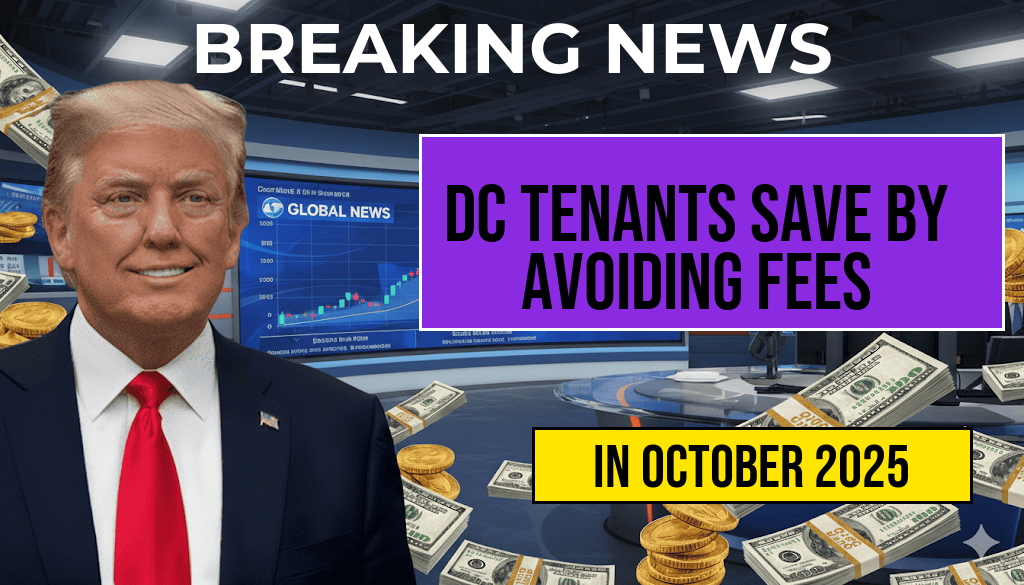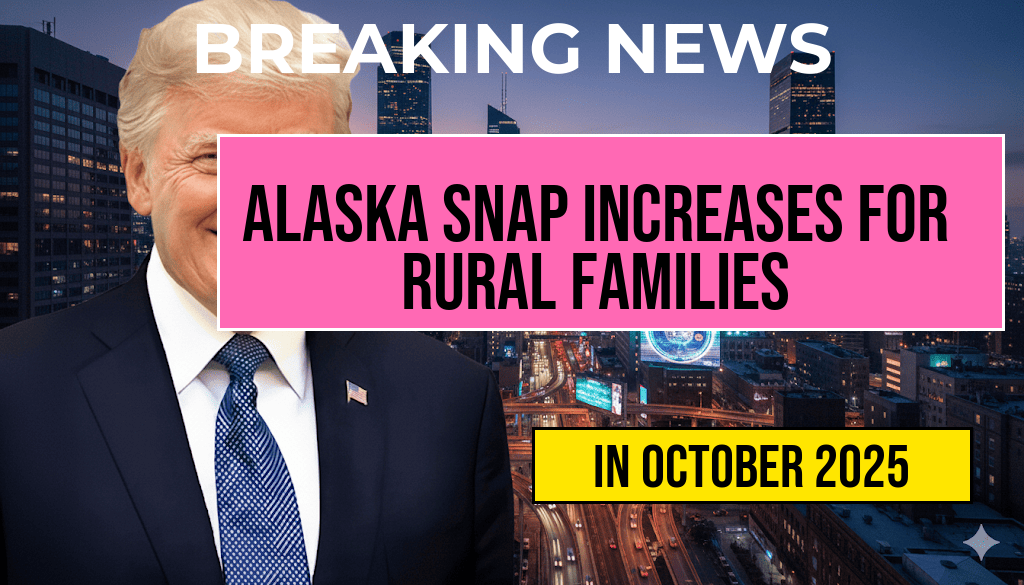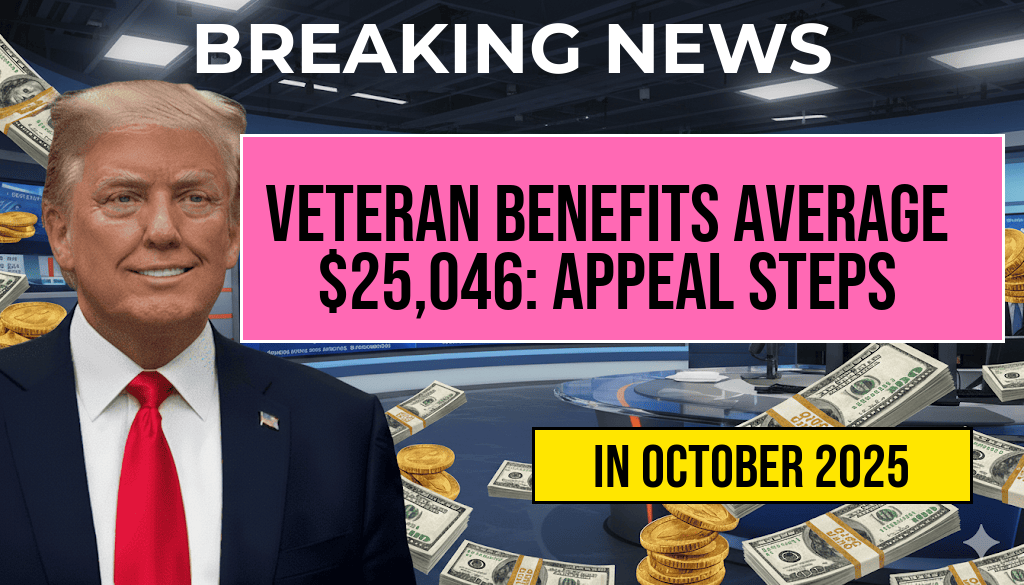Recent changes to the Public Service Loan Forgiveness (PSLF) program are raising concerns among teachers across the United States, as new regulations could potentially extend their student loan debt by thousands of dollars. The PSLF program was designed to provide relief to public service workers, including educators, by forgiving remaining federal student loan balances after 120 qualifying payments. However, a recent review of the program has introduced stricter eligibility criteria and documentation requirements that could hinder many teachers from accessing the intended benefits. As these changes take effect, educators are grappling with the implications for their financial futures and the potential burden of extended repayment timelines.
Changes to Eligibility Criteria
The Department of Education has implemented new regulations aimed at clarifying the PSLF program’s requirements. Teachers must now meet more stringent criteria to qualify for loan forgiveness. Key changes include:
- Employment Verification: Educators are required to submit detailed proof of employment, including documentation that specifies their role and hours worked.
- Loan Type Restrictions: Only Direct Loans are eligible for forgiveness, excluding other federal loans unless they are consolidated into a Direct Loan.
- Payment Count Verification: Borrowers must ensure that their payments meet the criteria for qualifying payments, which excludes certain repayment plans.
Impact on Teachers
These regulatory changes could have significant financial implications for teachers, particularly those who have dedicated years to public service. According to recent estimates, many educators could face an extension of their loan repayment periods by several years, resulting in thousands of dollars in additional interest payments. The ramifications of these changes are particularly dire for teachers in high-debt situations, such as those who pursued advanced degrees.
Case Studies of Affected Educators
To illustrate the impact of these changes, consider the following case studies of teachers directly affected by the new PSLF regulations:
| Name | Years in Service | Loan Amount | Projected Additional Debt |
|---|---|---|---|
| Jane Doe | 10 | $50,000 | $15,000 |
| John Smith | 8 | $40,000 | $10,000 |
| Mary Johnson | 12 | $60,000 | $20,000 |
Reactions from Educators and Advocacy Groups
The new PSLF regulations have drawn criticism from educators and advocacy groups who argue that the changes undermine the original intent of the program. Many educators feel disheartened, believing that they are being penalized for their commitment to public service. Teacher unions and educational advocacy organizations are urging the Department of Education to reconsider these changes and prioritize the financial well-being of educators.
“The PSLF program was supposed to provide relief for those who dedicate their lives to teaching. These new regulations are making it more challenging for us to achieve that relief,” said one frustrated teacher. Advocacy groups are also calling for increased transparency in the loan forgiveness process, as many educators find it difficult to navigate the new requirements.
Potential Solutions and Resources
In light of these changes, educators are encouraged to explore all available options for managing their student loans effectively. Here are some resources that may assist teachers in understanding and adapting to the new PSLF requirements:
- Federal Student Aid – Repayment Plans
- PSLF Information from the U.S. Department of Education
- Forbes – Student Loan Forgiveness for Teachers
As the landscape of student loan forgiveness continues to evolve, it is crucial for educators to stay informed about their options and advocate for policies that support their financial security. The implications of the new PSLF regulations are profound, and understanding these changes is essential for teachers navigating their careers and financial futures.
Frequently Asked Questions
What are the new PSLF regulations affecting teachers?
The new PSLF (Public Service Loan Forgiveness) regulations may impact teachers by extending their debt repayment period, potentially costing them thousands of dollars in additional interest.
How can these regulations lead to increased debt for teachers?
The regulations could result in fewer qualifying payments for teachers, which means they may have to repay their loans for a longer period, ultimately increasing their overall debt.
What should teachers do if they are affected by these changes?
Teachers should review their current loan status and payment history, and consider contacting their loan servicer for guidance on how the new PSLF regulations might affect their repayment plans.
Are there any exceptions to the new PSLF regulations?
Some specific circumstances may allow for exceptions, but teachers must be proactive in understanding their eligibility and advocating for their loan forgiveness under the previous guidelines.
Where can teachers find more information about PSLF and its regulations?
Teachers can visit the official Federal Student Aid website or contact their loan servicer for the most up-to-date information regarding PSLF regulations and how they impact their financial situation.








